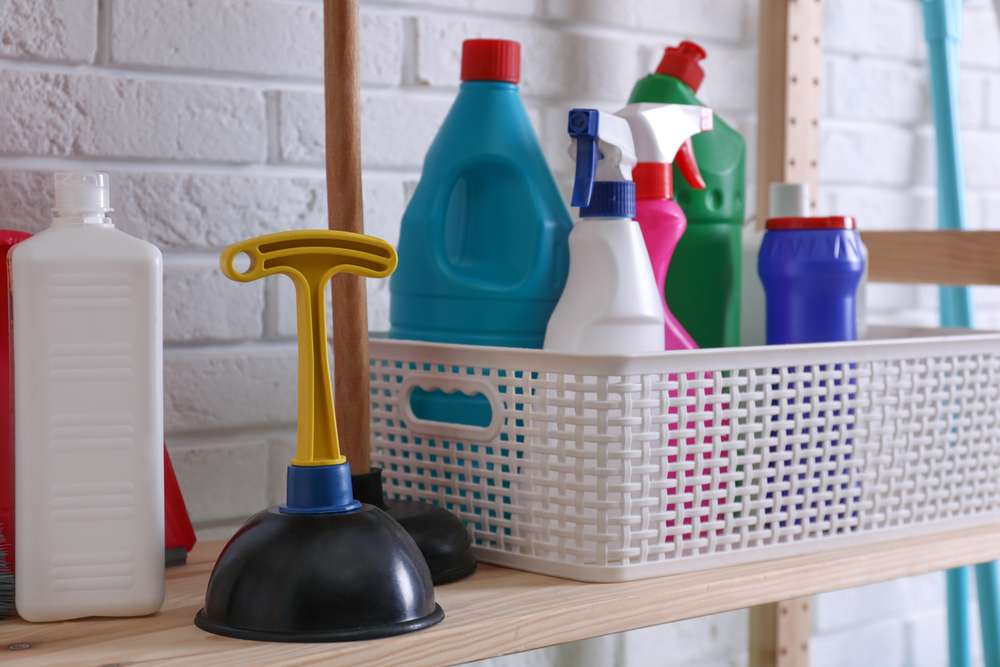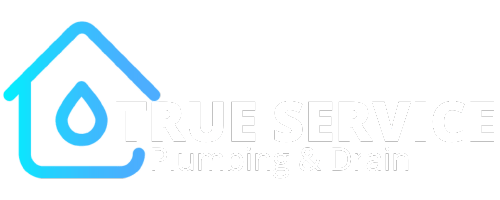Drain plungers are the most common basic tool at any household for dealing with drain clogs.
Yet, a drain plunger is more than a rubber cup attached to a stick.
It can help save you from most drain clogs. Especially those pesky toilet blockages preventing you from flushing.
Simple in design, mysterious in nature, and often taken for granted. How does that little contraption sitting in the corner of your bathroom work?
How do plungers work?
By placing the cup of the plunger onto the drain opening and pushing down, you create pressure inside. In turn, the same pressure pushes the water down the drain pipe.
When you pull the plunger up, you reduce pressure by the suction motion, allowing the water to rise.
You can dislodge most clogs after repeating this “sloshing” action a few times. The hopeful result is getting the water flowing through the drain pipe again.
Curious on the correct way to operate your plunger? Our detailed guide on how to correctly use plungers can be found here.
Different types of plungers
Usually, most people know how to use plungers for drain unclogs, whether they are on the toilet or sink. But a few handful know the right one to use during different circumstances.
Thus, before buying a new plunger, you should consider the use case of the task and base your decision on that.
This will make your life easier with an efficient and effective drain unclogging. It wouldn’t hurt to keep several different plungers in your closet, as they’re often priced.
The three common types of household plungers are:
- sink plunger/standard plunger
- toilet plunger/flange plunger
- accordion plunger
Sink Plunger/Common Plunger
A Sink or common plunger, which has a rubber cup (usually red) attached to a handle are the ones most are familiar with.
One major caveat is it only works well on flat surfaces, such as a bathroom sink, kitchen sink or tub drain openings. This is due to the cup requiring to lay flat over the opening to create a proper vacuum to dislodge the clog.
Most households use this plunger to unclog toilets, which is not its effective use. This is due to the curvature inside the toilet bowl. Because of the round shape, it prevents the cup from forming a proper seal. A weak seal will fail to create enough suction needed to dislodge a clog.
For the reasons discussed, it is best to use a plunger designed for toilets.
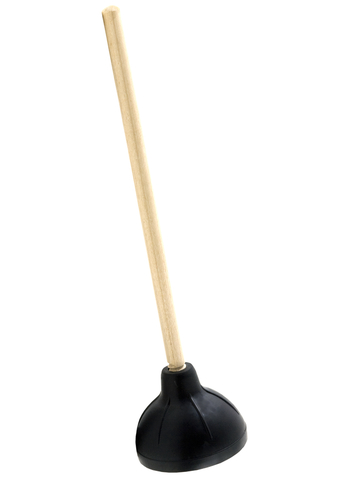
Toilet Plunger/Flange Plunger
Toilet or flange plunger is much like the sink plunger with a rubber cup at the end of a straight handle. Difference is that a toilet plunger also has a soft rubber flap called a flange that folds out from inside the cup.
This flange fits well and snug on a toilet drain opening. This makes it easier to provide the necessary suction and pressure. Moreover, you can use this plunger as a sink plunger if you fold the flap inside into the cup.
Despite its versatility, we do not recommend using the same plunger for both your sink and toilet. Doing so is very unhygienic and you risk issues with cross contamination.
Thus, it is better to keep a separate flange plunger for toilet clogs, and a sink plunger for other drain clogs.
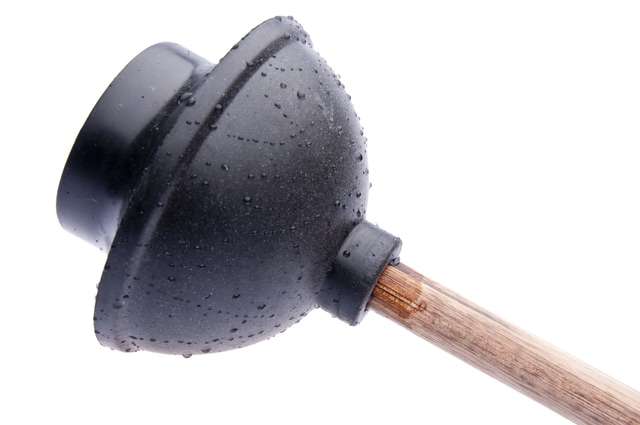
Accordion Plunger
The accordion plunger, with its smaller cup, is well-suited for unclogging toilets. Yet, this means that it is not effective on other drain clogs.
Unlike sink or flange plungers, accordion plungers are made entirely of hard plastic. Although this plunger can produce quite a bit of force, it is not very easy to use. The hard plastic design makes creating a vacuum seal on the drain challenging.
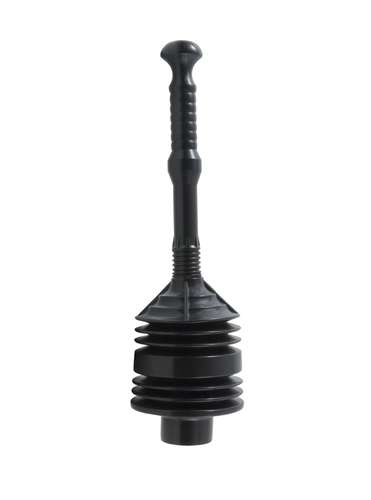
How to prevent drain clogs
Drain clogs can be real headscratchers and cause unnecessary expenses. It is always better to prevent drain clogs from happening than dealing with them.
Here are a few things you can do to prevent the drain clogs in your household:
- Keep your property clean from the outside. Doing so prevents leaves, dirt and foliage from blocking outdoor drains.
- Brush your hair before showering to cut down on the amount of hair falling down your drain.
- Install a drain cover to prevent any hair and debris from going down the drain.
- Collect excess cooking oil or grease in a container when cooking and dispose of it elsewhere. Pouring excess cooking oil or grease down the drain will likely cause a drain.
- Do not throw paper towels, baby wipes and sanitary products down a toilet. You should dispose of these articles in a garbage bin.
- Use a SinkShroom to prevent food particles from going down the kitchen drain.
Drain Clog Cleaning With True Service Plumbing
Drain troubles giving you a headache and you are unable to wrap your head around it all? Best to call in a professional.
Our licensed plumbers will assess your home’s plumbing system and determine the root cause of your plumbing issue, and perform the services necessary to get your water flowing again.
From clogged toilets, line repairs, plumbing fixture installation and replacement, or a total bathroom renovation, True Service Plumbing has your back when it comes to all things plumbing.
Contact True Service Plumbing today to schedule a free estimate and consultation.

